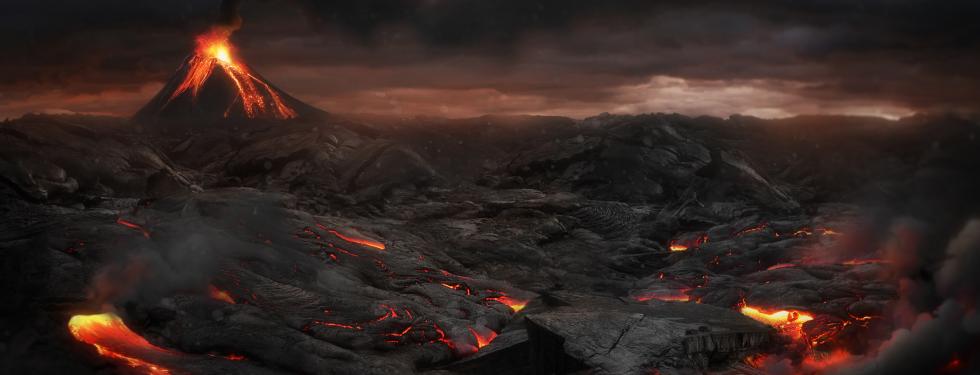Relationship between magmatism and lithosphere in the Central Atlantic Magmatic Province

With an estimated areal extent of 10 million square km between Europe, Africa, North and South America (which at the time were still united in Pangea), the Central Atlantic Magmatic Province is one of the world’s most extended Large Igneous Provinces (LIPs).
Investigating the CAMP is particularly important because its formation, about 201 million years ago, is synchronous with the End-Triassic mass extinction event that killed 76 percent of marine and terrestrial species on Earth.
One of the most debated aspects concerns the nature of the mantle source and the mechanism that led to such sudden and massive melting of the mantle during the emplacement of the CAMP.
A new study, recently published in Earth and Planetary Science Letters, focused on the mantle dynamics that led to the formation of CAMP and interactions with the lithosphere.
In more detail, the authors used a geochemical model that exploits the trace elements composition of CAMP magmas to try to determine some characteristics, such as the pressure and melting temperature of the mantle and the thickness of the lithosphere that delimited this melting zone.
The main result of the study, in which researchers from the Department of Geosciences of the University of Padua also participated, is that the lithosphere, at the moment of CAMP formation, was about 80 km, a relatively small thickness compared to the normal lithosphere.
Andrea Boscaini, Ph.D. student at the Department of Geosciences and the first author of the study said: “This result is quite new for the CAMP because it's the first time that we can model this parameter, but it's not entirely surprising for other large igneous provinces. Our result is therefore important for the CAMP and it is also more important when we compare the position of the CAMP magmas to the architecture and the structure of the cratons that were present at that time”.
The researchers indeed observed that the surface occurrence of the CAMP magmas coincides with the edges of cratonic areas in Africa and the Americas, as imaged by recent seismic tomography maps published before by other research groups.
“Basically, the cratons acted like physical barriers for the emplacement of the CAMP magmas and in particular the convective mantle raised along the border of the cratons and then underwent partial melting under a thinner non-cratonic lithosphere of 80 kilometers in thickness”, Boscaini explained.
“Another result that we obtained for the CAMP magmas is that the melting temperature for most of the magmas is between 1.400 degrees and 1.460 degrees, but we verify that there is one geochemical group of the CAMP, the High-Ti group, whose magmas are located in the center of the CAMP and require slightly higher temperatures. This aspect may suggest the involvement of a mantle plume that somehow participated in the formation of the CAMP magmas”, Andrea Boscaini added.
The other authors of the Department of Geosciences who participated in the study are Professor Manuele Faccenda and Professor Christine M. Meyzen.
The research topic on the CAMP recently led to other important discoveries such as the first direct evidence of methane in the rocks of the Central Atlantic Magmatic Province and the similarities, in terms of CO2 emissions, between CAMP volcanism at the end-Triassic and anthropogenic activities.





